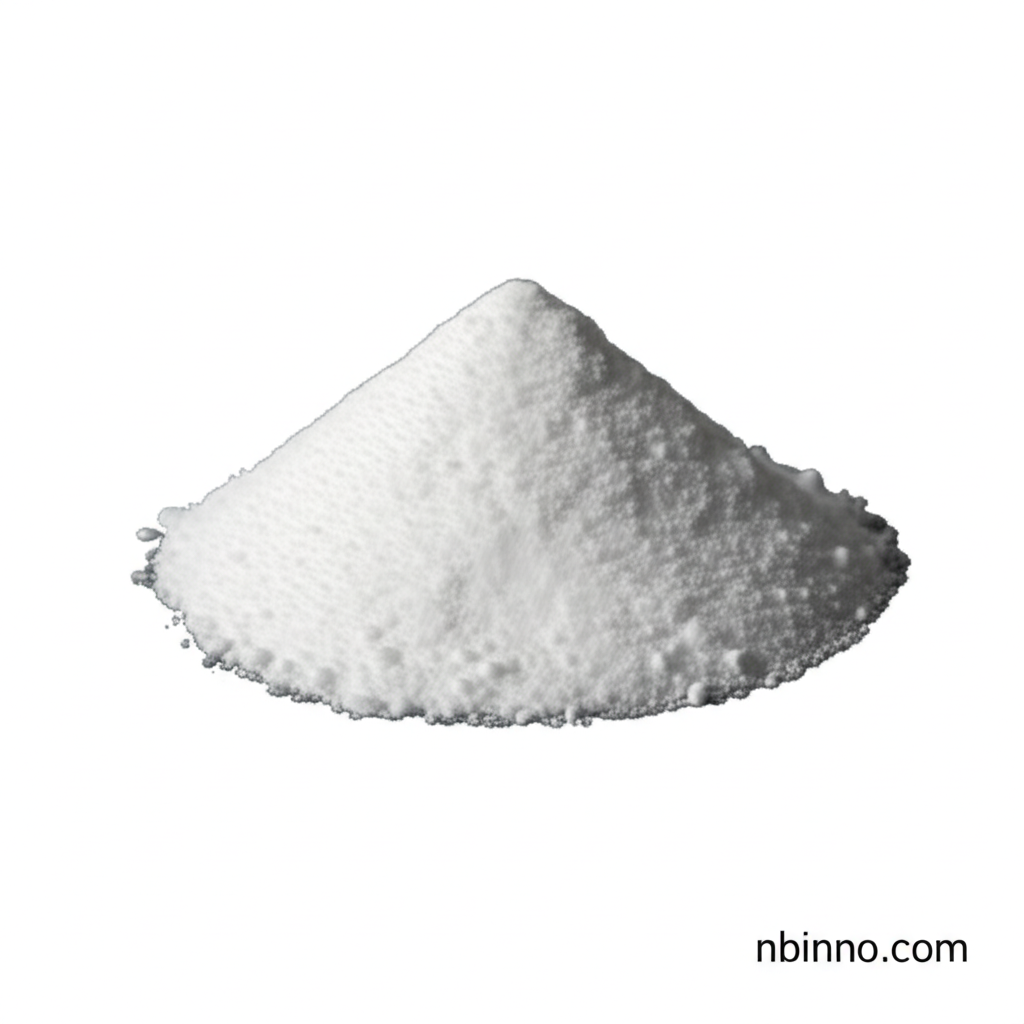Chenodeoxycholic Acid: Properties, Applications, and Therapeutic Benefits
Discover the versatile applications of Chenodeoxycholic Acid (CDCA) in medicine and research.
Get a Quote & SampleProduct Core Value

Chenodeoxycholic Acid
Chenodeoxycholic Acid (CDCA) is a vital bile acid with significant therapeutic and biochemical applications. Primarily recognized for its role in medical therapy, CDCA is effective in dissolving gallstones and is also employed in treating cerebrotendineous xanthomatosis.
- Explore the use of chenodeoxycholic acid in gallstone dissolution and understand its mechanism in breaking down cholesterol-based gallstones.
- Learn about CDCA for cerebrotendineous xanthomatosis, a condition where this bile acid plays a crucial role in managing metabolic abnormalities.
- Discover how chenodeoxycholic acid aids in fat emulsification and improves digestion, highlighting its importance in gastrointestinal health.
- Investigate the chenodeoxycholic acid biochemistry application as a crucial intermediate in various research endeavors and as a detergent for membrane protein extraction.
Key Product Advantages
Gallstone Management
Effectively dissolves cholesterol gallstones, offering a non-surgical treatment option for patients.
Therapeutic Efficacy
Used in the treatment of specific medical conditions like cerebrotendineous xanthomatosis, showcasing its medicinal value.
Biochemical Utility
Serves as an essential chenodeoxycholic acid biochemistry application, vital for research and development in organic chemistry.
Key Applications
Gallstone Dissolution
A primary therapeutic use of chenodeoxycholic acid, assisting in the breakdown of gallstones for improved patient outcomes.
Medical Therapy
Applied in treating various ailments, including cerebrotendineous xanthomatosis, leveraging its specific biochemical properties.
Biochemical Research
Essential for various chenodeoxycholic acid biochemistry applications, contributing to advancements in scientific understanding.
Detergent Applications
Used as a detergent for extracting membrane proteins, demonstrating its utility in molecular biology techniques.
